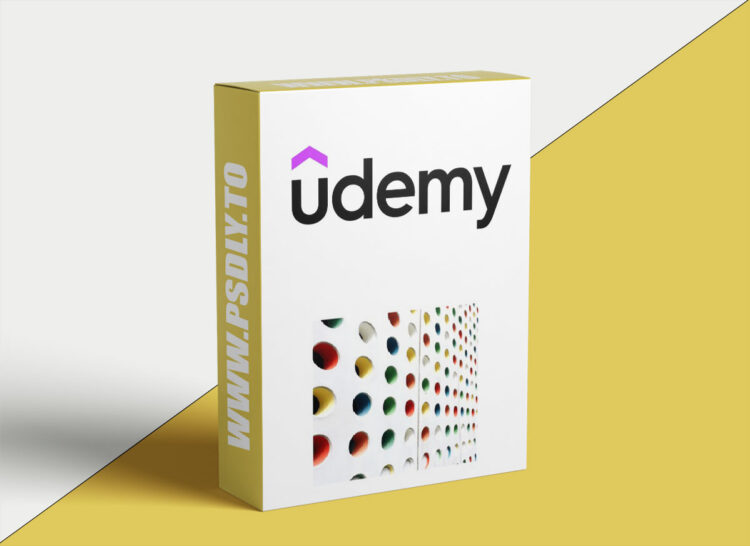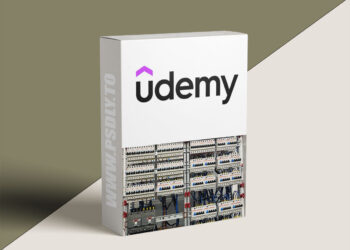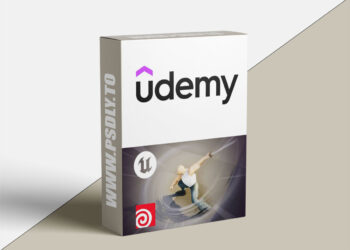| File Name: | SQL (Structured Query Language) Basics |
| Content Source: | https://www.udemy.com/course/sql-structured-query-language-basics/?couponCode=LETSLEARNNOW |
| Genre / Category: | Other Tutorials |
| File Size : | 268.3 MB |
| Publisher: | Vibhu Bahl |
| Updated and Published: | June 30, 2025 |
SQL or the Structured Query Language is a standard programming language used to manage and manipulate data in relational databases. It allows users to interact with databases by querying, inserting, updating, and deleting data.
SQL is used by all database management systems like MySQL, PostgreSQL, SQL Server and Oracle etc.
In this course you will learn core concepts of SQL or the Structured Query Language. You will learn how to use SQL to Store, Read and Manipulate data.
Learn how to retrieve, manipulate, and manage data in relational databases using essential SQL commands like SELECT, INSERT, UPDATE, DELETE, and JOIN.
Here’s a breakdown of what you’d typically learn:
1. Introduction to Databases and SQL
- What is a database? Understanding what databases are and why they are used.
- What is SQL? The role of SQL in interacting with databases.
- Relational database concepts like tables, rows, columns, and keys.
2. Basic SQL Commands
- SELECT Statement: How to retrieve data from a table.
- WHERE Clause: Filtering data based on conditions.
- ORDER BY: Sorting data in ascending or descending order.
- LIMIT: Restricting the number of rows returned.
3. Inserting, Updating, and Deleting Data
- INSERT INTO: Adding new records to a table.
- UPDATE: Modifying existing records.
- DELETE: Removing records from a table.
4. Working with Multiple Tables
- JOINs: Combining data from multiple tables (INNER JOIN, LEFT JOIN, RIGHT JOIN, etc.).
- GROUP BY: Grouping data based on certain columns, often with aggregation.
- HAVING: Filtering grouped data (similar to WHERE, but for aggregated results).
5. Aggregate Functions
- Using functions like COUNT(), SUM(), AVG(), MIN(), and MAX() to perform calculations on data.
6. Data Types and Constraints
- Understanding common data types (e.g., INT, VARCHAR, DATE).
- PRIMARY KEY: Ensuring each record is unique.
- FOREIGN KEY: Enforcing relationships between tables.
- NOT NULL: Ensuring that a column cannot contain null values.
7. Creating and Modifying Tables
- CREATE TABLE: Creating new tables in a database.
- ALTER TABLE: Modifying the structure of an existing table (e.g., adding new columns).
- DROP TABLE: Deleting a table from the database.
By the end of this course you will have an excellent understanding of the SQL i.e. the Structured Query Language
You should be able to write simple queries to retrieve and manipulate data in relational databases, as well as understand how to design and modify database structures.
Who this course is for:
- Programmers, Managers, IT Students

DOWNLOAD LINK: SQL (Structured Query Language) Basics
FILEAXA.COM – is our main file storage service. We host all files there. You can join the FILEAXA.COM premium service to access our all files without any limation and fast download speed.







